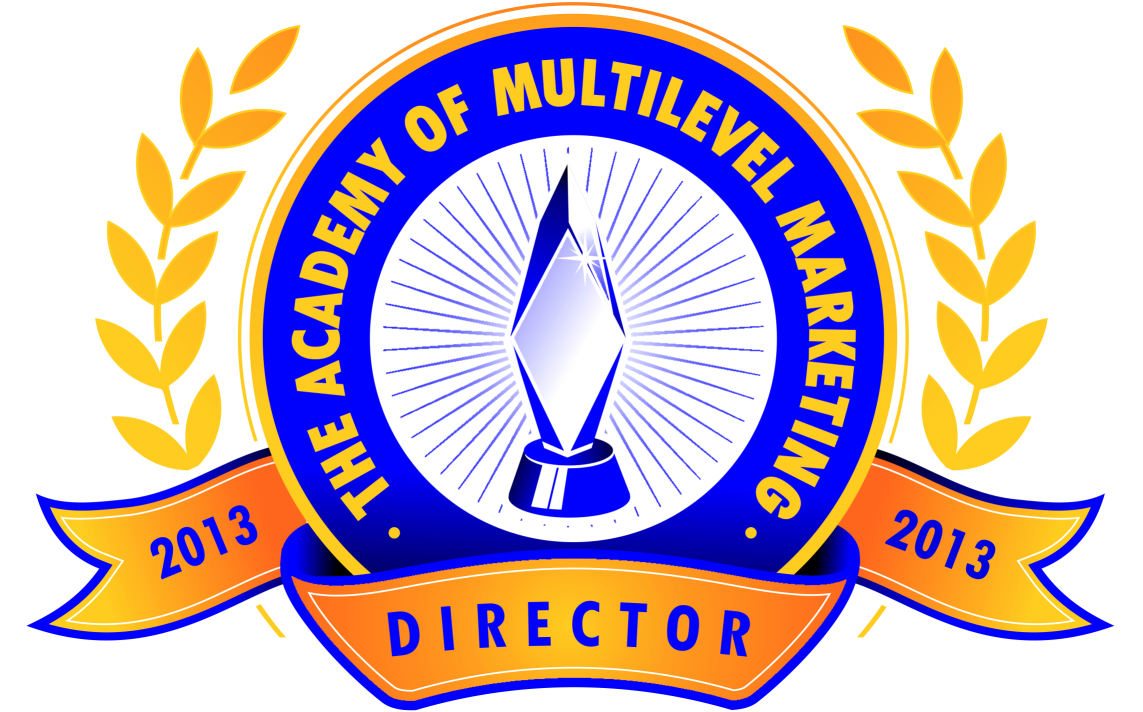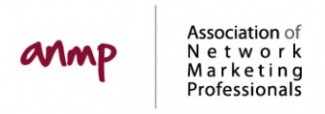By Len Clements © 2001
In many unfortunate ways, the correlation between human courtship and the way in which many of us “play the field” within MLM is disturbingly similar. In other ways, it is not similar enough. An analysis of how our species seeks out its mates compared to how we decide on which MLM opportunity to “commit” to might reveal a lot about the MLM condition in this country.
Let’s take a look.
First, let’s break down the four basic components of what we look for in a potential mate. First, there’s physical appearance. Not just facial features and body characteristics, but style and dress as well. Second, there’s personality. How easy are they to get along with? How much do they have in common with your “world view.” Are they emotionally stable? How supportive and respectful are they? In general, how likable are they? The third consideration would be, at least in most cases, their degree of success. How much money do they make? How much security do they offer? And the fourth and final consideration would be that totally intangible, mysterious thing we call love. Which, by the way, most would agree has nothing what-so-ever to do with items one through three.
So what are the basic components of what we look for in a good MLM opportunity? Well, I could answer that question by essentially reiterate the entire previous paragraph, making only a few minor word changes.
Certainly the overall appearance, or perception we have of an MLM program is key. MLM is by far the most perception oriented business opportunity is this country. Especially when it comes to compensation plans. Who cares what it really pays — how good does it look on paper! Right?
Does a company’s “personality” make a difference? Ever been involved with or considered an MLM opportunity that didn’t appreciate or respect its distributors? Was unstable? Had little in common with your philosophy or product interest? Just wasn’t verylikable?
Some folks may claim that level of success or amount of wealth is not at all a consideration when it comes to a mate (and most of them would be fibbing, if not at least to themselves), but it would be foolish to claim this makes no difference in picking an MLM program to commit to. It is a major consideration.
Even “love” comes into play.
I’ve found there is so little difference between the symptoms of love and infatuation, at least in the beginning. I’ve had crushes that I would swear were cases of true love. Only after years of experience and growth do we finally gain the maturity to tell the two apart (remember our grade school days when we were “in love” with every good looking boy or girl in our class?).
Both infatuation (crush) and love may make us swoon, not eat or sleep for days, distract us, obsess us, make us act real goofy, temporarily enhance our efforts to look and act better than we normally do, and just get us all excited. The difference is that one stays and the other goes away! It’s like two mountains. Time may weather away one mountain and turn it into nothing. There’s nothing solid underneath to support it. Or, it could be like one of those volcanic mounds you see in Arizona landscapes where the loose, soft dirt washes away, but there’s a strong, rock solid core that will remain for centuries. In the beginning, from the outside, they both look pretty much the same.
Same with MLM opportunities.
Have you ever fallen in love with an MLM opportunity “at first sight?” Have you ever went to a meeting or heard a presentation for the first time and left it three feet in the air? Not been able to sleep that night? Got you all excited and distracted? Has an MLM opportunity ever made you act at least a little goofy? (Be honest, now).
Then, usually, it goes away, doesn’t it? The novelty, the infatuation, the “crush” dissolves into nothing. And sometimes, usually after months or even years of searching, you find one that, oh, perhaps you lose a little passion for after a while, but you get comfortable with it. It works (always a good trait in a mate), it’s supportive, it doesn’t cheat, so you get complacent. And then, on those oh so rare and glorious, perhaps once in a lifetime moments, you fall head-over-heels in love. And no power on earth will ever pry you away from that MLM program.
The comparisons are endless.
Ever fall in love with an MLM program and then get dumped? Ouch! I swear it’s the same kind of pain. It’s awful. It eats you up inside thinking about the “possibilities,” the lost promise, the fear of never finding another quite like that one.
Ever fall in love with an MLM program and then settle down and have a family? You bet we do. That’s exactly what MLM is all about, isn’t it? In fact, both families and MLM downlines have something directly in common — it’s called a genealogy!
Ever cheated on your MLM program by pursuing another one the side? Or looked over another company’s brochure and lusted in your heart?
Ever get overly protective of your MLM program. Trust me on this one — we do!
Ever created a lasting, fulfilling relationship with anyone while you were actively dating several others at the same time? Ever heard of anyone ever getting rich in MLM using the portfolio approach?
Think about the whole courtship ritual time line. Compare our agendas from the earliest moment of interest (in the opposite sex or an MLM opportunity) through to mature adulthood. The stereotypical, usually but not always male, junior-high-schooler was interested in “one thing.” The immature, novice MLMers also seems to view his or her first MLM opportunity based on not much more than how much it will “put out.”
As we grew older, suddenly things like “good looks” and status come into play. We became at least a little more selective. We dreamed about “going steady,” usually with the homecoming queen or the star of the football team (or both, if you lived in California). And as we gained more experience in MLM, we too found there was more to a good MLM relationship than simple lust (in this case for money). Suddenly, previously insignificant things like the product line began to take on more significance. The company’s reputation mattered (because it affected our reputation as well). We became more selective.
Then finally, we grew up. Stability and commitment became primary considerations. Oh, attractiveness still counted, but personality and compatibility became paramount. As many of you grizzled veterans of MLM would agree, there comes a time in your MLM career where the most important question about an MLM programs becomes “will it last?”
In both life and MLM, there are, of course, variations to all of this depending on whether you’re a man or a woman. But even those are comparable. For example, it’s said that girls mature faster than boys. How many woman do you know who are promoting or operating a money game or pyramid scheme? (In fact, the operators are almost exclusively men). It’s said that women are more attracted by personality and other more emotional issues. Men are more interested in physical appearance. Again, is it any wonder that men are primarily responsible for the creation and promotion of MLM programs that simply “look good” with little or no substance behind them?
In some ways, it’s too bad that we don’t treat our pursuit and commitment to MLM opportunities even more like we do our romantic relationship.
For example, how many people do you know who married, and never dated anyone other than, the first person they were ever attracted to? Probably zero. How many people do you know who became a distributor for, and never considered any MLM program other than, the first one they were ever introduced to? I know many (including myself) who joined the first MLM program they were ever pitched on, then discovered there was this wide wonderful world of MLM opportunities to choose from — only to realize there were others they liked a lot better.
The divorce rate in the U.S. is now over 50%. From the glass half full point of view, that means that 50% of all married couples stay married for the rest of their life. Can you even imagine a network marketing industry where 50% of its distributors join one company and stay committed to it for life!?
Of course, one reason why some couples stay together is for the sake of the children. Have you ever stayed in an MLM program you didn’t really care for anymore because you still had a downline?
Some couples with children do separate, usually followed by a bitter battle over custody of those children. Do I even have to explain the correlation to MLM here? “Custody” battles over downlines and individual recruits are commonplace today.
Another reason why some married couples stay together, or perhaps why those that do divorce at least attempt to work things out, is that the divorce process (at least in most states) is an expensive, painful, pain in the butt. Even amicable, uncontested ones not involving children (trust me on this one, too). Also, there is a guilt factor for some as well. Remember, in most marriage ceremonies, we swore to God that, for better or worse, in sickness and in health (etc., etc.) we’d stay together “…until death do us part.”
Here’s Crazy Idea #247:
How about having the recruiting process involve, no, not a ceremony (unduplicatable), but at least some kind of written or verbal swearing in. Perhaps a signed (totally non-binding, non-legal) document where the new recruit agrees to “marry” the opportunity, forsaking all others.
Also, make the divorce process tougher. If you had to go through some kind of elaborate, tedious, expensive process to leave your MLM opportunity to pursue another, perhaps we’d work a little harder on making our MLM marriages work.
Right now, the MLM industry seems to be mostly made up of adolescents who are being bombarded with “come ons” from all directions. Is it any wonder there is so much promiscuity in this industry? Even those mature adults among us who have committed to a stable, loving relationship with an MLM opportunity are constantly being tempted by alluring competitors, and the money game sirens have driven more than one good MLM marriage onto the rocks.
Not only that, but bigamy and adultery are not only not illegal or immoral sins in network marketing, many of us openly encourage it!
(By the way, for those of you who just aren’t getting it, I’m not saying MLM is full of bigamist and adulterers or it’s distributors practice promiscuity in the sexual sense. I’m making an analogy. MLM is full of people who fool around with more than one MLM program. Most of my readers are a pretty hip bunch and probably think I don’t really need to explain this. But, trust me once again, someone is going to write me a letter or leave a voice mail message telling me how offended they are for including them among adulterers and bigamist — even with the inclusion of this paragraph).
Yes, there are times in both marriage and MLM that it just doesn’t work. Even when you did all the right things for all the right reasons. Sure, MLM divorce is as inevitable and as justified as it sometimes is in married life. Occasionally, the MLM program we’re in just isn’t the one we fell in love with anymore. MLM programs change just like people do. Their values change. Their “appearance” changes. Their “personality” changes. And yes, sometimes they pass away.
But still, nobody today really gets married to their MLM opportunity. We’re all just sort of “living with” our MLM programs. If we get mad at it, or things get a little bumpy, we just pack our bags and walk out the door. No big deal.
Perhaps it should be.












